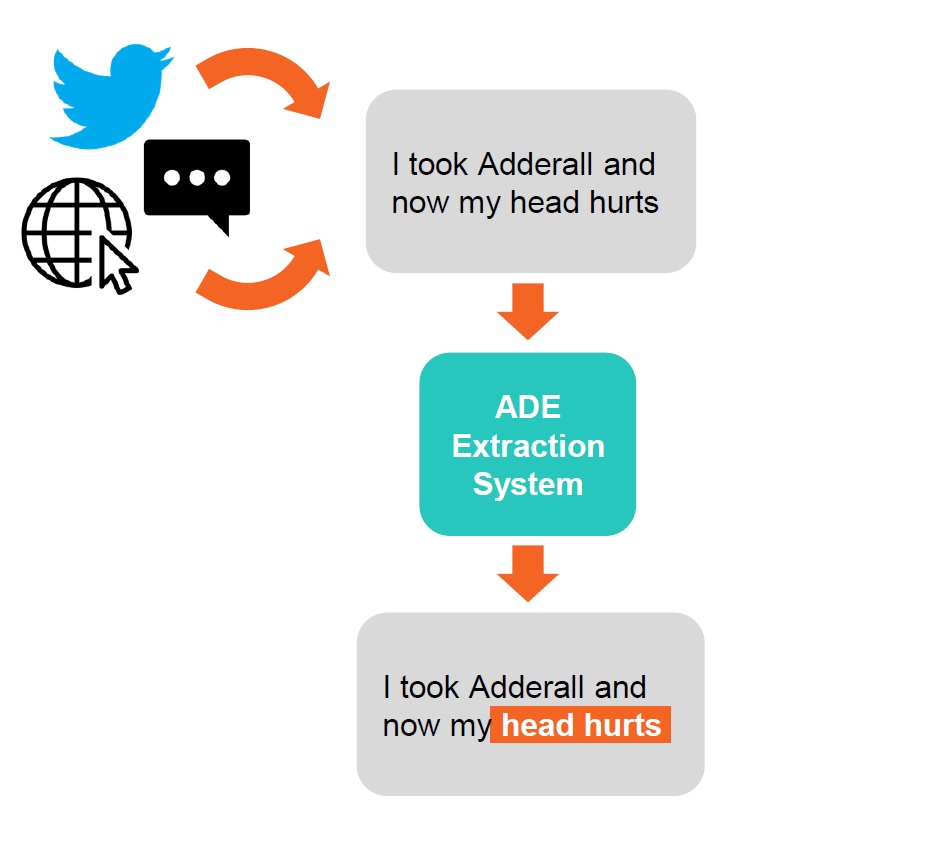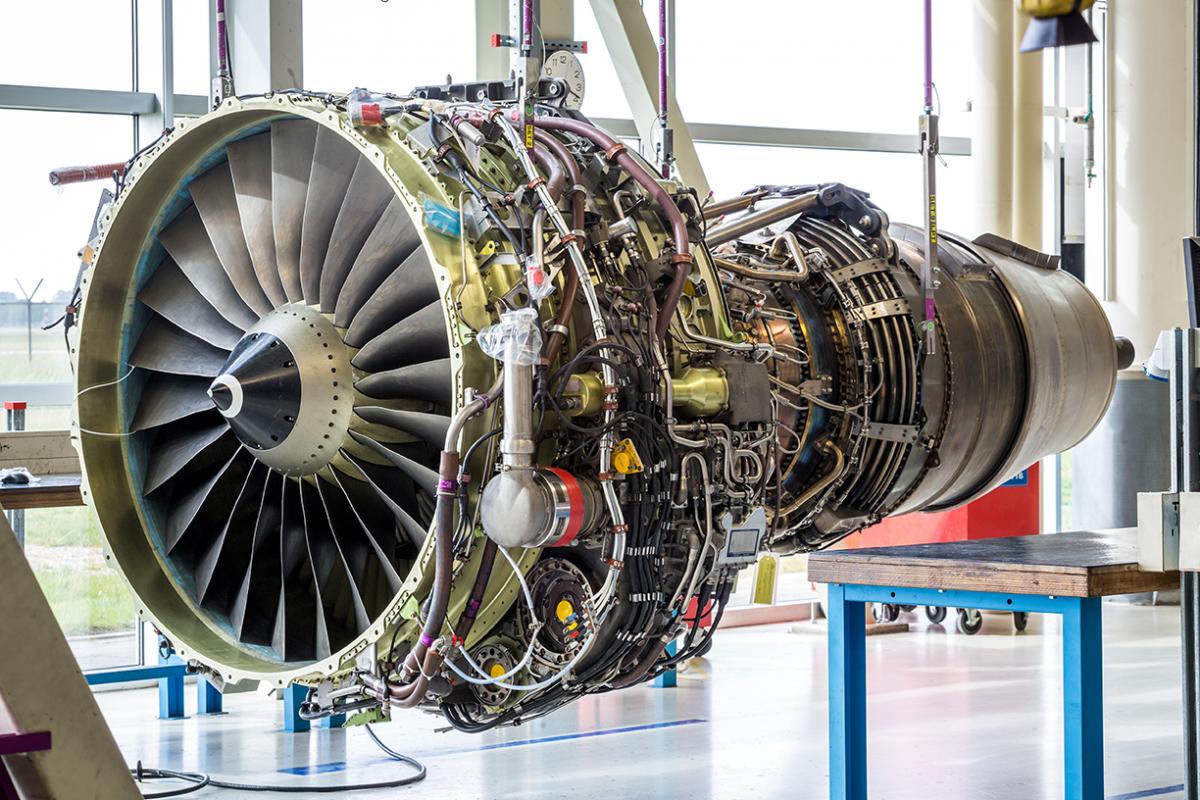Adverse Drug Events (ADE) Extraction

Regulators, such as the Food and Drug Administration (FDA) and the European Medicine Agency (EMA), approve every year dozens of drugs, after verifying their safety and therapeutic effectiveness in clinical trials. Sometimes, however, clinical trials are not sufficient to discover all potential Adverse Drug Events (ADE). Pharmacovigilance, therefore, monitors the drugs in the market to ensure that unexpected effects are immediately identified and actions are taken to minimize their harm. This process relies on formal reporting methods, such as physician notes. However, a constantly growing number of patients prefers to describe the side effects on social media platforms, health forums and similar outlets. Patients have started reporting Adverse Drug Event (ADE) on social media, health forums and similar outlets, often utilizing informal language. Given the need to monitor these sources for pharmacovigilance purposes, systems for the automatic extraction of ADE are becoming an important research topic in the NLP community. Recent shared tasks on the topic of ADE extraction have […]
Predictive Maintenance

The remaining useful life (RUL) estimation of a component is an interesting problem within the Prognostics and Health Management (PHM) field, which consists in estimating the number of time steps occurring between the current time step and the end of the component life. Being able to reliably estimate this value can lead to an improvement of the maintenance scheduling and a reduction of the costs associated with it. Data driven approaches are often used in the literature and they are the preferred choice over model-based approaches: in fact, not only they are easier to build, but the data over which they are built can be gathered easily in many industrial applications. During the last years, neural networks like Long Short-Term Memory (LSTM) and Convolutional Neural Networks (CNN) have found many applications in this area, this because of their suitability to uncover hidden patterns within the sensor data. In recent years a greater availability of high quality sensors and easiness of data […]
Lecture 7th May 2020 – Beyond Hand-Crafted Networks:
Neural Architecture Search
Beyond Hand-Crafted Networks: Neural Architecture Search Dott. Stefano Alletto Online lecture – Thursday, 07 May 2020, 08:30 a.m. (GMT+1) With the performance on several benchmarks approaching saturation, pushing the state of the art is often a tedious process of hyperparameter tuning and network architecture optimization. Finding the perfect neural network for a given task by hand is often impossible due to time constraints, but what if we could design a system capable of automatically designing architectures, test their performance and improve itself by looking at its previous mistakes?This is the goal of neural architecture search (NAS): an automated system that explores search spaces which size is beyond human capabilities, samples network structures from them and improves its decision making by using the performance of the architectures it finds as supervision. In this talk, after introducing this task more in detail, I will be giving an overview of recent NAS approaches, discussing the opportunities and limitations in the field. Finally, […]
Pathology Classification based on Limbs Kinematics

With the advancement of the technology of portable sensors, it’s now possible to gather data regarding the arm movements made by people with shoulder pathologies in an uninvasive ways. Such data can then be used in order to train a classifier in order to enstablish whether a person that reports problems with his limb is actually affected by a limb pathology or not. AILab Udine is cooperating with the NCS Lab of the NCS Company of Carpi in order to develop a neural network-based classifier which can be able to detect problems to a patient’ shoulders from the movements of the limbs (abduction and adduction) performed by such patient. The project is based on the Showmotion technology of the NCS Company.